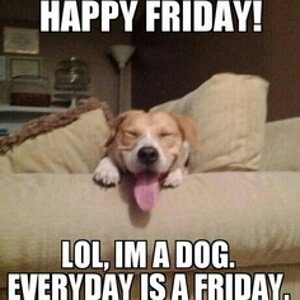Hello,
I know there are many threads on this topic. But the more I read the more confused I get.
I jumped in the digital bandwagon over a decade ago. But I'm finding myself shooting film again now. However local commercial scanning services are horrible. So I want to scan my own negatives. It seems a dedicated film scanner is preferred over a flatbed. My attempts with regular flatbeds have been unsuccessful.
In my case, after 25 years of shooting film, 99.999% are 35mm color negatives. I don't need MF capability.
My intention is more archiving than printing. If I ever print it will not be very big.
I plan a budget of about $400, maybe up to $500 so a Coolscan 9000 is out of the equation for now.
While speed is good, it is not a crucial parameter.
New is preferred, but used may do as long as it performs as expected.
How about Coolscan IV? Or Konica-Minolta Dimage?
What other parameters do I need to consider?
Any recommendation?
My head is spinning...
Thanks,
I know there are many threads on this topic. But the more I read the more confused I get.
I jumped in the digital bandwagon over a decade ago. But I'm finding myself shooting film again now. However local commercial scanning services are horrible. So I want to scan my own negatives. It seems a dedicated film scanner is preferred over a flatbed. My attempts with regular flatbeds have been unsuccessful.
In my case, after 25 years of shooting film, 99.999% are 35mm color negatives. I don't need MF capability.
My intention is more archiving than printing. If I ever print it will not be very big.
I plan a budget of about $400, maybe up to $500 so a Coolscan 9000 is out of the equation for now.
While speed is good, it is not a crucial parameter.
New is preferred, but used may do as long as it performs as expected.
How about Coolscan IV? Or Konica-Minolta Dimage?
What other parameters do I need to consider?
Any recommendation?
My head is spinning...
Thanks,




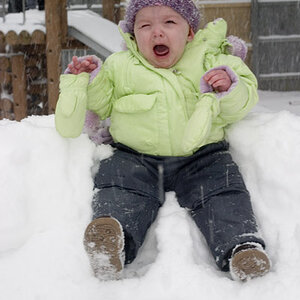
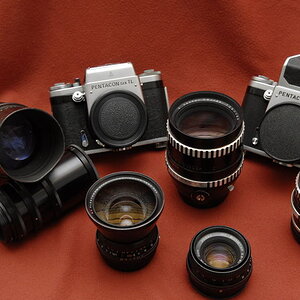

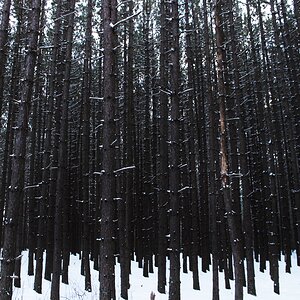
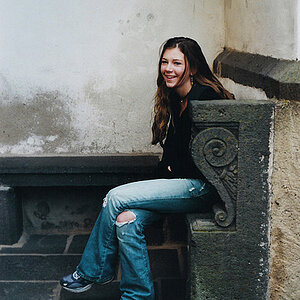
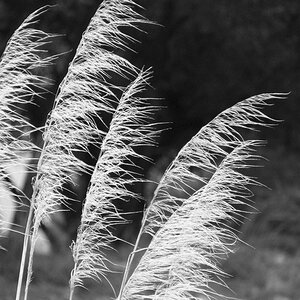
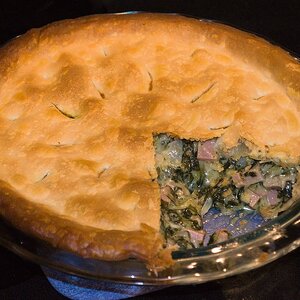
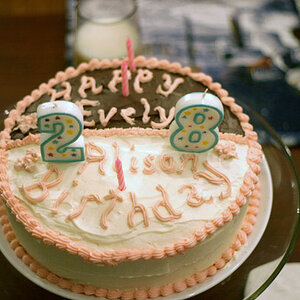
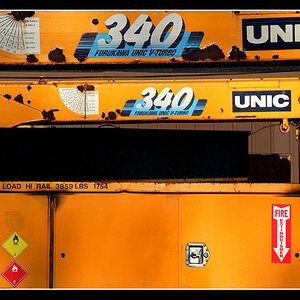
![[No title]](/data/xfmg/thumbnail/31/31011-439c1242fe08cf6b54f32bf06523a567.jpg?1619734567)
![[No title]](/data/xfmg/thumbnail/36/36299-468f060314a0ac2bf5e37da1c33149d2.jpg?1619737493)
